When it comes to successful native planting, picking the right species is only part of the puzzle — the plant grade you choose can have a big impact on the outcome too.
We grow a range of plant sizes here at Restore Native to suit different sites, budgets, and project goals. After a few questions in a recent newsletter, we thought we’d break it down with a simple example using kānuka.
What Is a Plant Grade?
Plant grade refers to the size and container volume a seedling is grown in. Bigger grades have larger root systems, which generally means faster establishment and better resilience. But smaller grades still play a vital role in large-scale planting, especially where cost or site conditions are a factor.
Here are the three main grades we grow:
1L pot
Our large-grade / premium option, used when you want instant visual impact or need a head start — like high-visibility areas or sites with tough competition. These plants have more root mass, more resilience and more immediate presence.T28 (500ml)
Our standard grade and best-seller. The T28 is widely used across restoration and revegetation projects throughout New Zealand. With solid root development and a good strike rate, it’s the go-to for most projects.40 cell (250ml)
A medium-grade option, cost-effective and ideal for hardy species like mānuka and kānuka. These need a bit more care early on — think proper weed control and protection — but are a great choice for planting at scale, especially on hillsides or exposed sites.
No more tiny tubes
We’ve phased out the small 50-cell forestry tubes in favour of stronger, more robust grades that offer better planting success. Why? Because the goal isn’t just to get plants in the ground — it’s to grow a forest that lasts.
Need a hand choosing which plants are right for your project?
Every site is different, and the best grade often depends on your planting goals, scale, budget, and the time you’ve got for maintenance. If you're not sure which grade is right for your project, we’re happy to help you work through the options.
Get in touch — and let’s make your next planting one that thrives.
